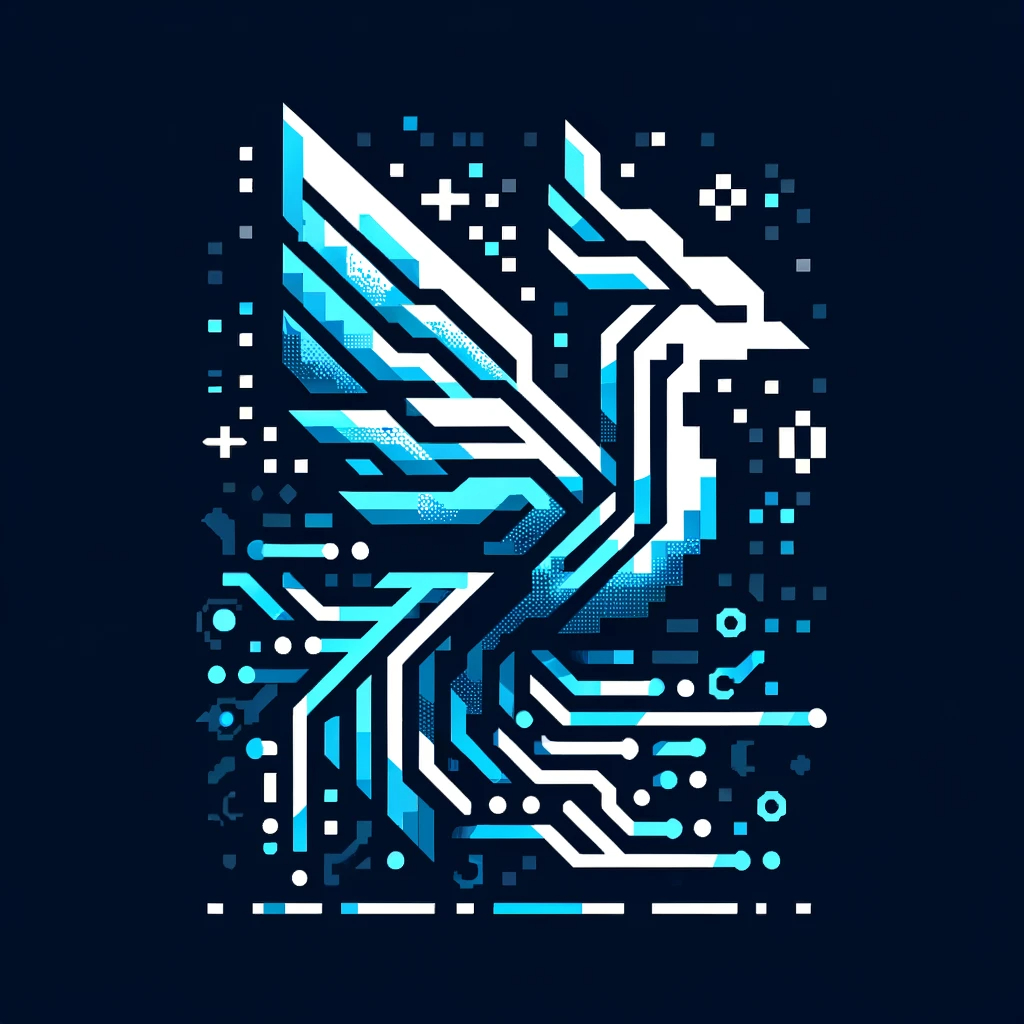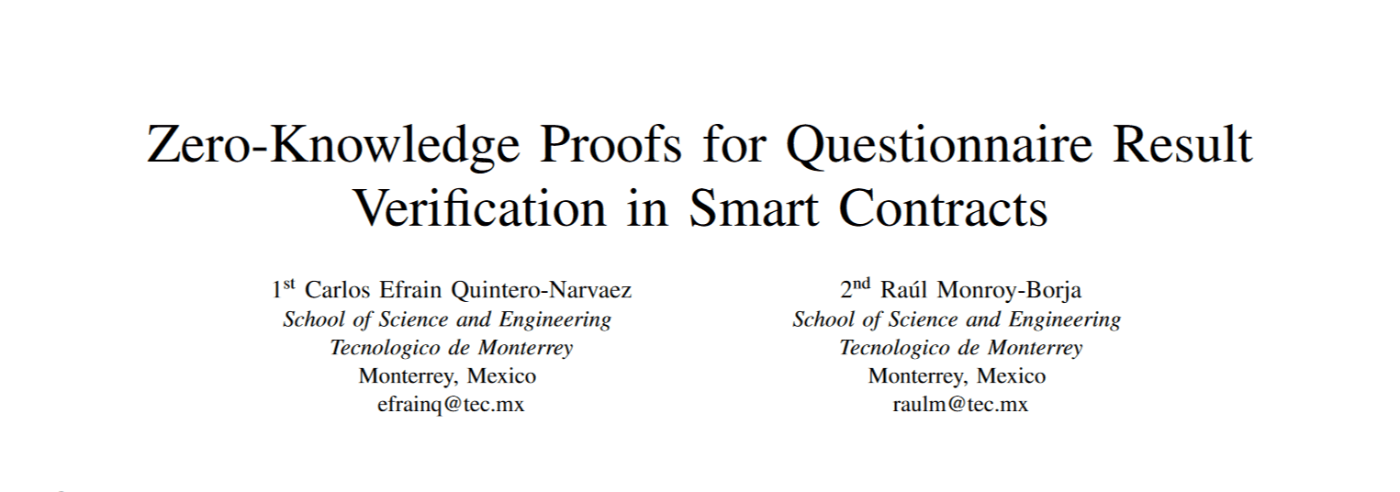163 reads
Zero-Knowledge Proofs: Ensuring Privacy in Smart Contract Questionnaire Validity Verification
by
February 2nd, 2024
Audio Presented by

We believe everyone should have ultimate control and ownership over their cryptographic assets and digital transactions.
About Author
We believe everyone should have ultimate control and ownership over their cryptographic assets and digital transactions.
